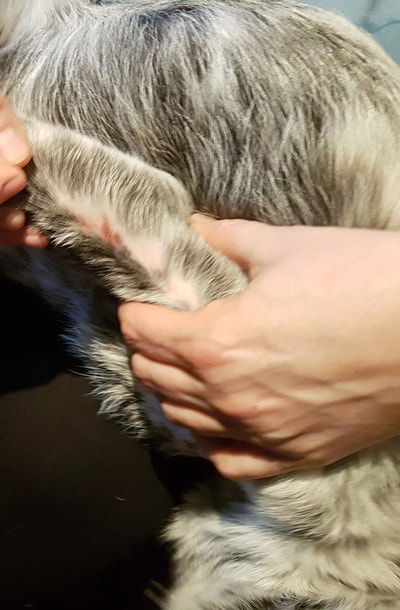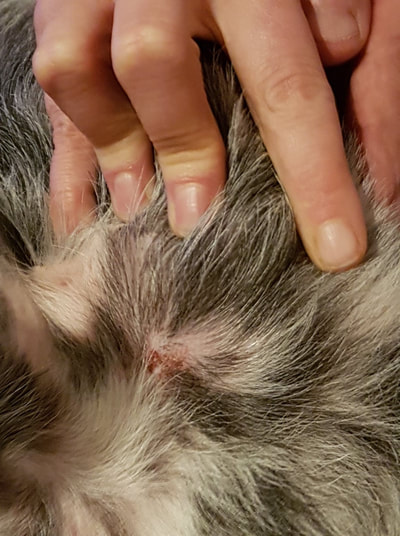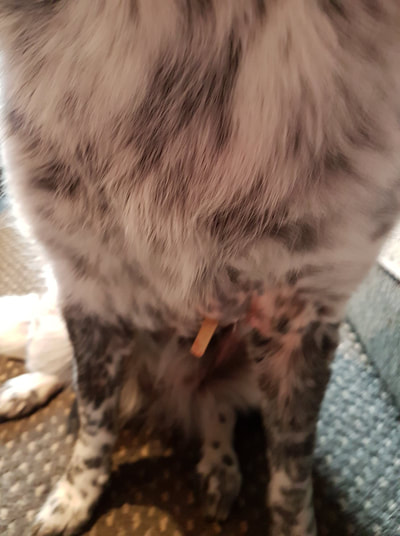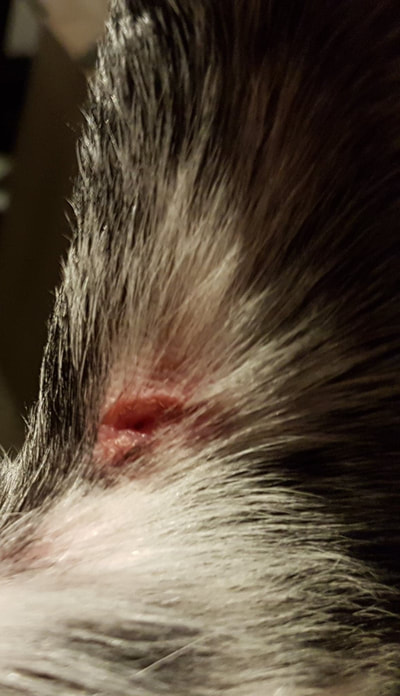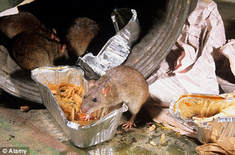
Rat Bite
A dog bitten by a rat is vulnerable to getting a wide range of diseases that are potentially life-threatening to both dog and owner. Your dog will require immediate veterinary treatment. It is also necessary you understand the types of symptoms that your dog may display, which could be signs of rodent communicable diseases such as leptospirosis, and rat bite fever, although there has only been 1 – 2 cases per year recorded in the UK. Monitor your dog and include pre-emptive measures to ensure that your dog does not contract a fatal disease.
First Aid and Treatment
Firstly, contact your vet and get an emergency appointment where your vet will provide first aid by cleaning and disinfecting the bitten area with an antiseptic. Then they’ll dress the wound by bandaging it with an absorbent gauze pad and adhesive tape. Your vet will give you a prescription of antibiotics. Your vet may well want to perform laboratory tests to ascertain whether your dog has contracted any disease. The tests are necessary so that an appropriate course of treatment can be prescribed and complications can be avoided. A Rat bite does leave the dog with a myriad of nasty bacteria that without immediate treatment, can cause a nasty infection, and if left then it can be fatal.
Understand Symptoms
The results of the diagnostic tests, combined with a close monitoring of any symptoms displayed by the dog, will aid the treatment and cure. Just a simple rat bite, can cause an infection with, skin lesions, and un-explained open wounds appearing even days or weeks after the initial bite, that may not be anywhere near the original bite site as the infection can make it’s way through the dogs body, and it can be occasionally difficult to work out as the initial wound could be missed. A dog that has contracted leptospirosis though, may display any of several symptoms, including severe thirst, increased urination frequency, high temperature, abdominal pain, depression, mouth ulcers, coated tongue, bloody stools, jaundice and persistent vomiting. Although dogs experiencing rat bite fever do not display any symptoms.
Supervision
Dogs that have not received vaccinations against rodent transmissible diseases should be isolated and kept under observation during and after the treatment period. Isolation and supervision are necessary for at least six months to prevent any recurrent infections, or even a fatality.
Prevention
Ensure that you vaccinate your dog against rodent transmissible diseases, as it is a key preventive aid. Use pest-control measures to destroy rats in your vicinity. When walking your dog, always keep it on a lead to prevent your dog from being bitten by a rat that is a carrier of rat diseases.
A dog bitten by a rat is vulnerable to getting a wide range of diseases that are potentially life-threatening to both dog and owner. Your dog will require immediate veterinary treatment. It is also necessary you understand the types of symptoms that your dog may display, which could be signs of rodent communicable diseases such as leptospirosis, and rat bite fever, although there has only been 1 – 2 cases per year recorded in the UK. Monitor your dog and include pre-emptive measures to ensure that your dog does not contract a fatal disease.
First Aid and Treatment
Firstly, contact your vet and get an emergency appointment where your vet will provide first aid by cleaning and disinfecting the bitten area with an antiseptic. Then they’ll dress the wound by bandaging it with an absorbent gauze pad and adhesive tape. Your vet will give you a prescription of antibiotics. Your vet may well want to perform laboratory tests to ascertain whether your dog has contracted any disease. The tests are necessary so that an appropriate course of treatment can be prescribed and complications can be avoided. A Rat bite does leave the dog with a myriad of nasty bacteria that without immediate treatment, can cause a nasty infection, and if left then it can be fatal.
Understand Symptoms
The results of the diagnostic tests, combined with a close monitoring of any symptoms displayed by the dog, will aid the treatment and cure. Just a simple rat bite, can cause an infection with, skin lesions, and un-explained open wounds appearing even days or weeks after the initial bite, that may not be anywhere near the original bite site as the infection can make it’s way through the dogs body, and it can be occasionally difficult to work out as the initial wound could be missed. A dog that has contracted leptospirosis though, may display any of several symptoms, including severe thirst, increased urination frequency, high temperature, abdominal pain, depression, mouth ulcers, coated tongue, bloody stools, jaundice and persistent vomiting. Although dogs experiencing rat bite fever do not display any symptoms.
Supervision
Dogs that have not received vaccinations against rodent transmissible diseases should be isolated and kept under observation during and after the treatment period. Isolation and supervision are necessary for at least six months to prevent any recurrent infections, or even a fatality.
Prevention
Ensure that you vaccinate your dog against rodent transmissible diseases, as it is a key preventive aid. Use pest-control measures to destroy rats in your vicinity. When walking your dog, always keep it on a lead to prevent your dog from being bitten by a rat that is a carrier of rat diseases.
A members dog's wounds resulting from a rat bite. Two operations later Cassie has made a full recovery, although her vet is continuing to monitor her for six months.

